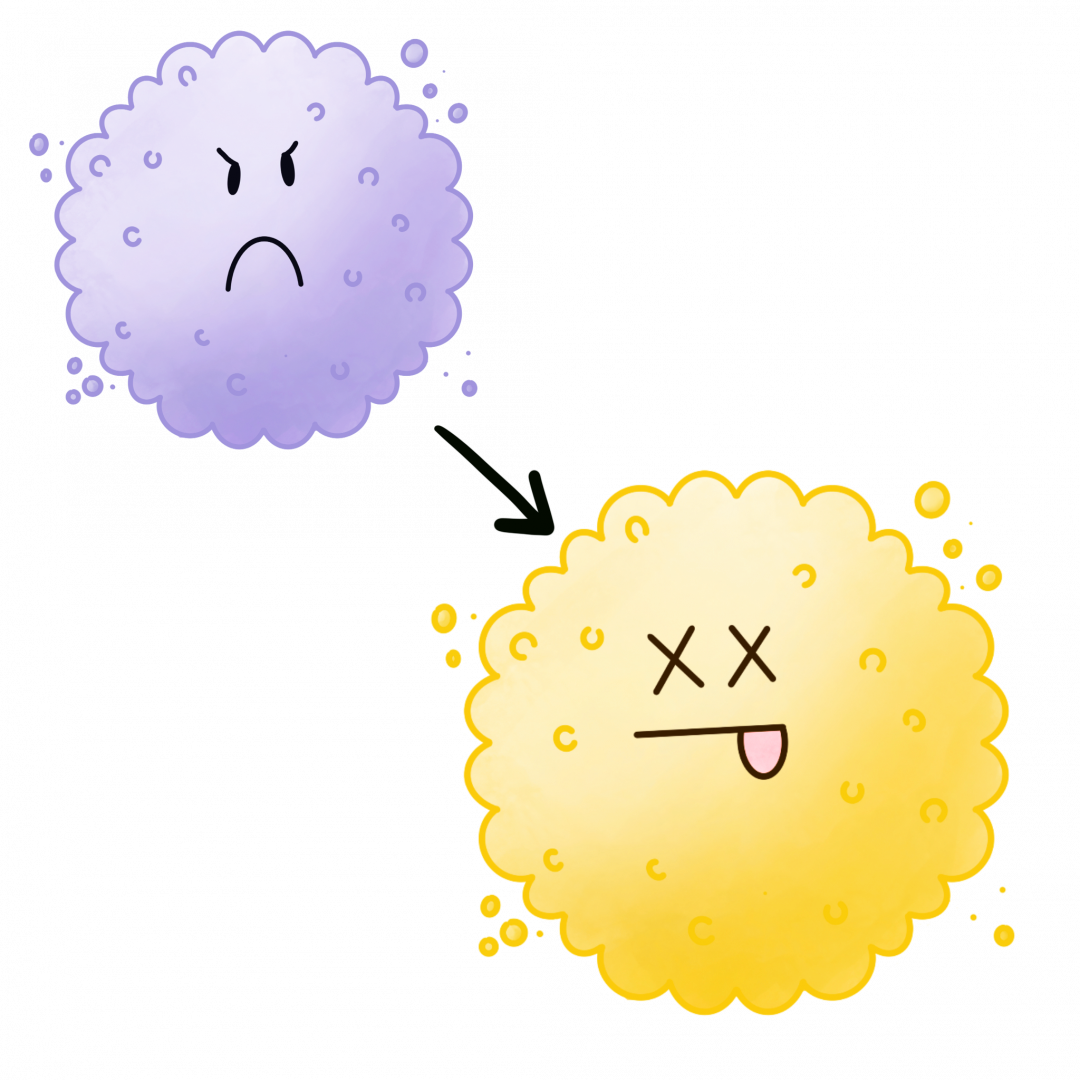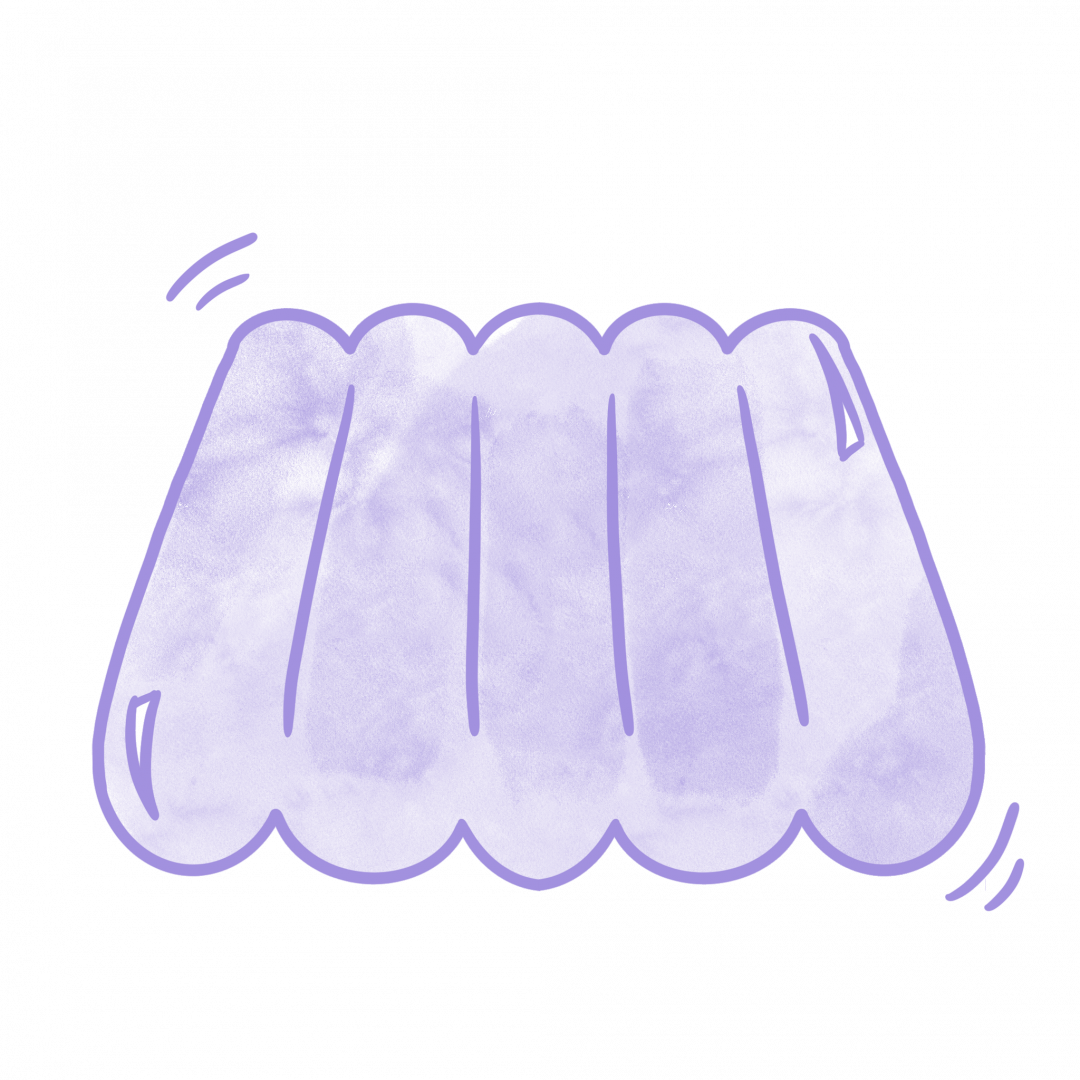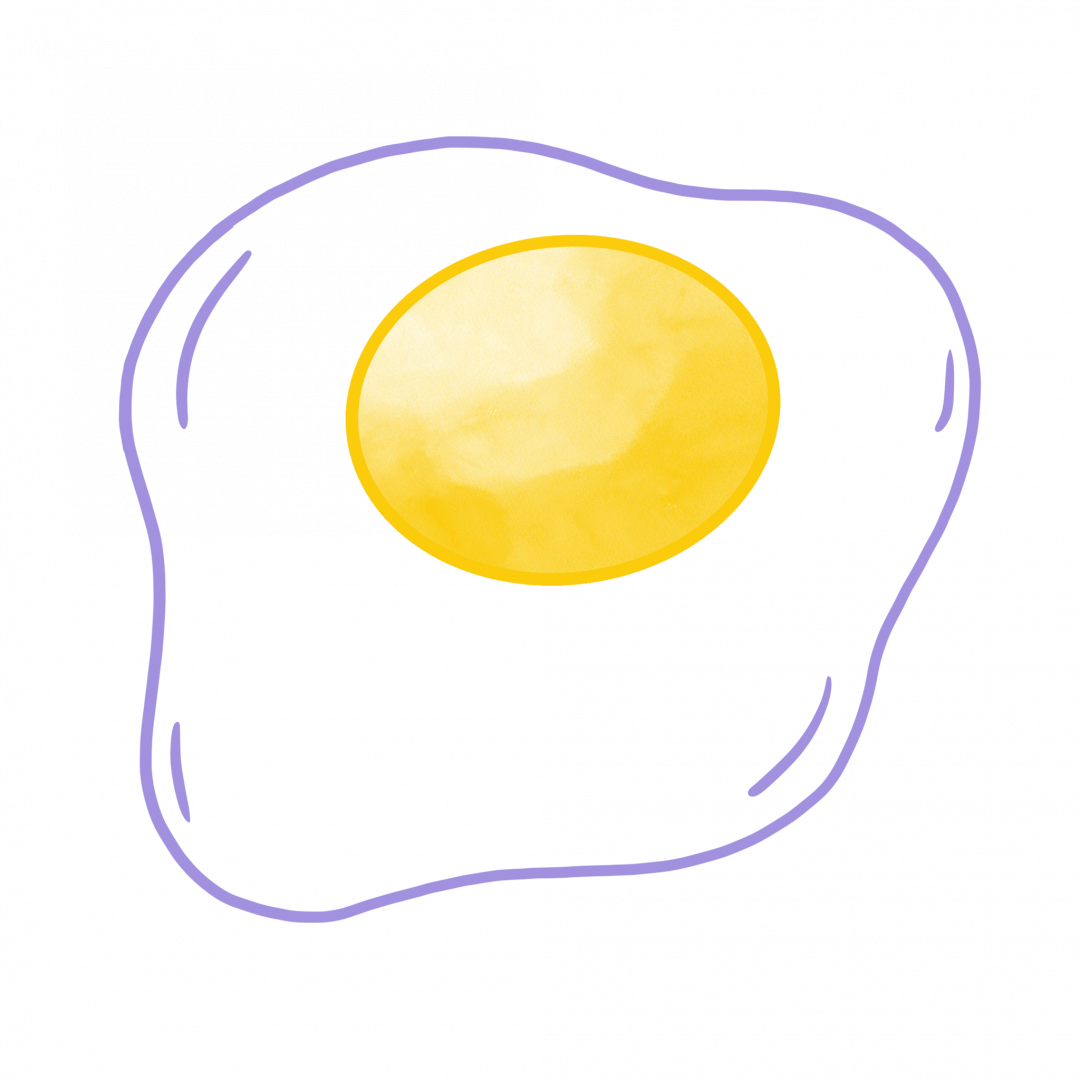Vaccines contain multiple ingredients that have different functions. Ingredients of vaccines generally:
1) Strengthen the protective characteristics of a vaccine
2) Ensure the safety and shelf stability of a vaccine
3) Occur as a byproduct of vaccine production
A typical vaccine contains 6 general "types" of ingredients, although this depends largely on the vaccine. Vaccine inserts will contain more information regarding vaccine ingredients. You should always consult your physician if you are concerned about an ingredient.
Preservatives

One of the more popular examples is thimerosal. Preservatives prevent contamination and allow for longer shelf-lives. Large bodies of research have shown safe thimerosal to be safe in children and adults. Some vaccines that do not contain thimerosal are available for both children and aduls. More information about thimerosal and vaccines can be found here.
Adjuvants

A vaccine is most effective when it can elicit a strong immune response. These ingredients help boost the body's immune response to a vaccine; as a result vaccines containing adjuvants may cause more local (injection site swelling/rash) and systemic (fever/chills) side effects compared to those without adjuvants. These same ingredients are commonly found in drinking water, antacids, and infant formulas. More information about the types of adjuvants can be found here.
Residual Inactivating Ingredients

Ingredients (such as formaldehyde) are used to kill viruses or inactivate toxins during vaccine production and trace amounts may be leftover. These amounts are typically so small they do not pose significant risk to an individual. Some (including formaldehyde) are found naturally occurring in the body as a natural byproduct.
Residual Antibiotics

Antibiotics (such as neomycin) are used to prevent contamination by bacteria. Antibiotics commonly associated with allergies are not used in vaccines.
Stabilizers

Stabilizers, such as gelatin and sugar, are used to ensure vaccines are effective. These are also commonly found in foods like Jello as well as in the body as a naturally occurring byproduct.
Residual Egg Culture Cells

Some vaccines are made in chicken eggs, resulting in residual egg proteins in the vaccines. Currently, the only vaccines that utilize eggs are influenza and yellow fever vaccines. Some influenza vaccines are produced using egg-free methods.
Sources
1. Vaccine Ingredients. US Department of Human & Health Services. https://www.vaccines.gov/basics/vaccine_ingredients. Published 2020. Accessed May 11, 2020.
2. Oxford Vaccine Group. Vaccine Ingredients. Vaccine Knowledge Project. https://vk.ovg.ox.ac.uk/vk/vaccine-ingredients. Published 2019. Accessed May 11, 2020.
